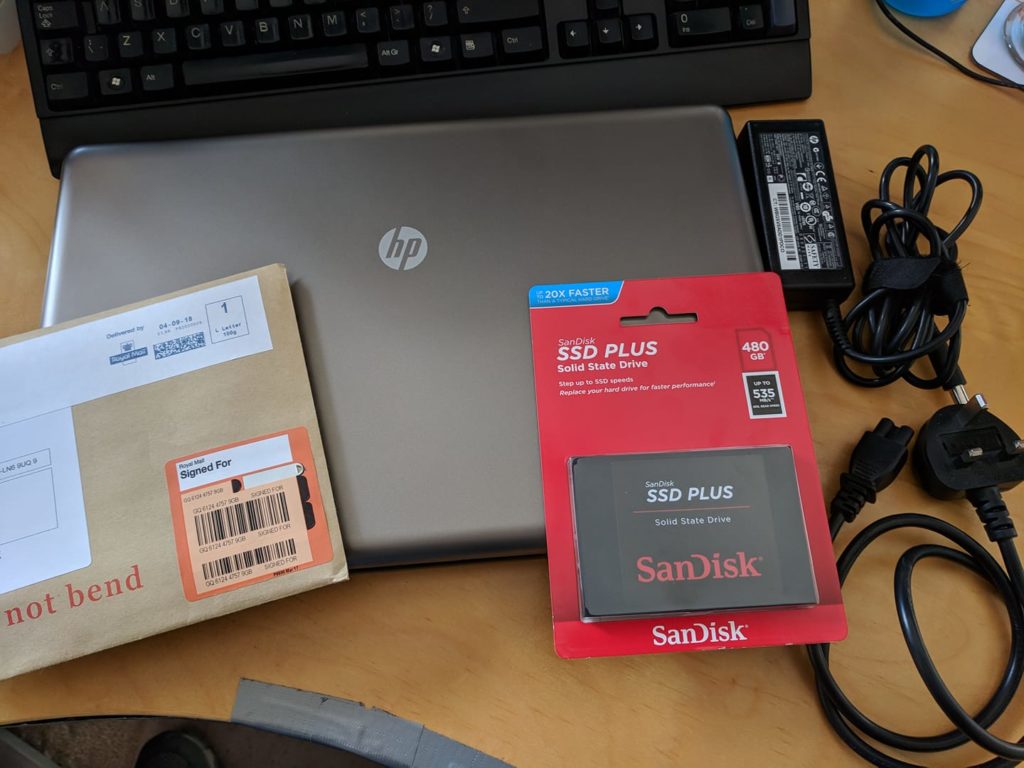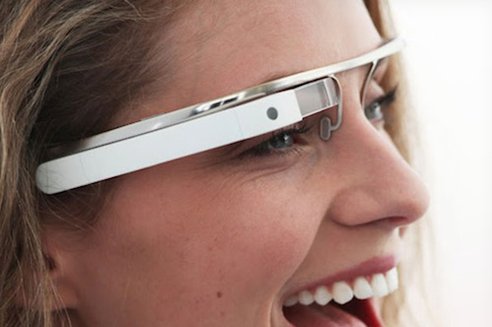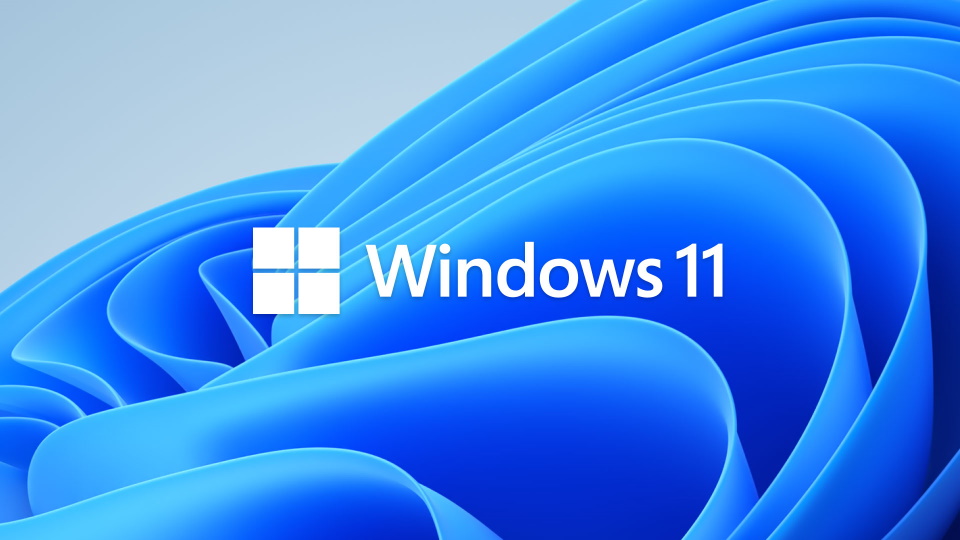
In today’s digital age, computers are no longer a luxury for small businesses – they’re a necessity. From streamlining operations to expanding reach, these versatile tools offer a multitude of benefits that can propel a small business towards success.
Productivity
One of the most significant advantages is the boost in productivity. Computers automate repetitive tasks like data entry and inventory management, freeing up valuable time for employees to focus on more strategic initiatives. Additionally, software programs streamline communication and collaboration, allowing teams to work together seamlessly, regardless of location.
Financial Management
Financial management is another area transformed by computers. Accounting software simplifies bookkeeping and payroll, ensuring accuracy and efficiency. Furthermore, businesses can leverage online banking and financial planning tools to gain better control over their cash flow and make informed investment decisions.
Marketing
Marketing is no longer limited by geographic boundaries thanks to computers. Small businesses can create professional websites and utilize social media platforms to reach a wider audience and establish a strong online presence. Cost-effective email marketing campaigns can nurture leads and build customer loyalty.
Data-driven decision-making
Computers also empower data-driven decision-making. With access to real-time analytics, businesses can track sales trends, customer behaviour, and market performance. This valuable information allows them to identify areas for improvement, optimize marketing strategies, and make data-backed choices for future growth.
Affordable
The cost of computer technology has become increasingly affordable, making it accessible to even the smallest businesses. Additionally, with a variety of cloud-based solutions available, small businesses can avoid the upfront investment in expensive hardware and software.
In Conclusion
In conclusion, computers are essential tools for small businesses to thrive in the competitive marketplace. By leveraging their power to increase productivity, improve communication, manage finances effectively, and make data-driven decisions, small businesses can establish a strong foundation for success and achieve their full potential. Get in touch and we can chat about your needs and the way ahead.








